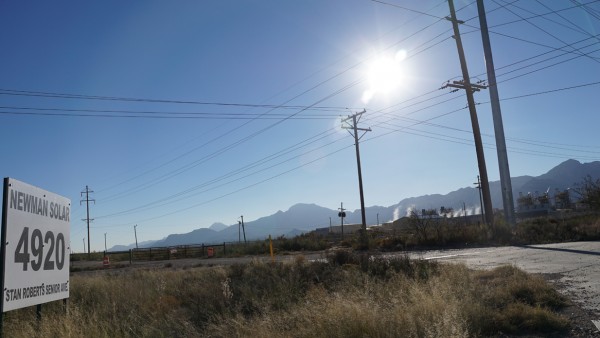Mexican Gray Wolf slowly making its way back to Texas
|
Four decades ago, Rick LoBello discovered his life’s passion as he watched several wildlife experts capture an endangered Mexican wolf in South Texas for a preservation project. “When I saw one of the last wild Mexican wolves in 1978 I began my quest to help save the species and to help return it to the wilds of Texas,” said LoBello, educational curator at the El Paso Zoo. At the height of its time, the Mexican Gray Wolf could be seen in abundant numbers. According to the Gray Wolf Conservation, between 250,000 and 500,000 wild wolves lived in harmony with Native Americans. “Not many people know this, but the last Mexican wolf in Texas was actually killed near Big Bend National Park which was near where I lived.”


